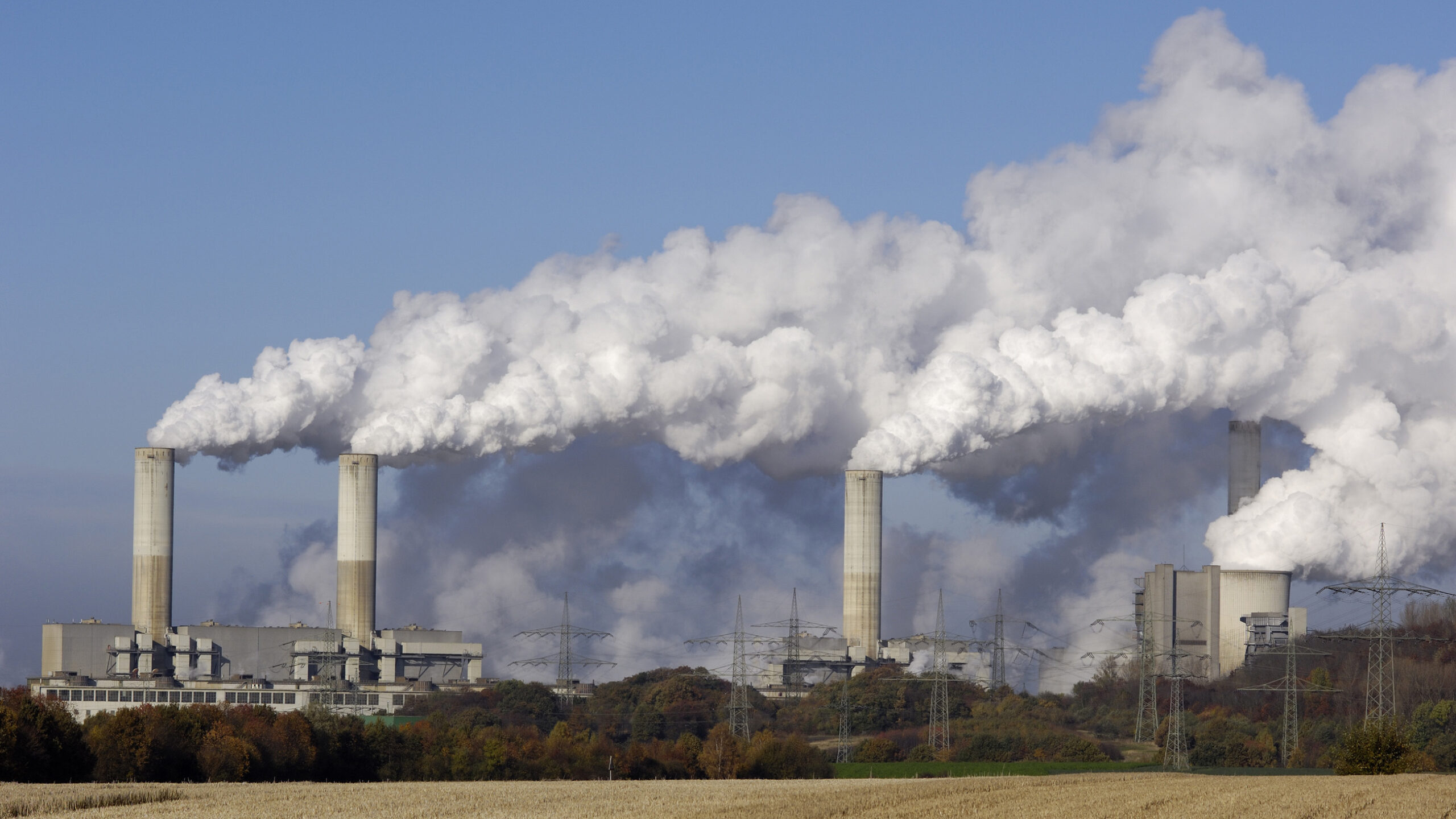Power Shift: From Coal to Clean — How Investments Are Redrawing the Global Map
The world is witnessing a fundamental reordering of its energy systems. In 2024, renewables and nuclear power—grouped together as low-carbon energy—expanded by over five percent, accounting for nearly half of global energy demand growth. The remarkable surge of solar photovoltaics and wind power is leading this transformation, offering the clearest signal yet that fossil fuel dominance is approaching its twilight. If current trajectories hold, the International Energy Agency (IEA) projects that renewables will overtake coal-based generation by 2025, with wind and solar surpassing nuclear by 2026. Solar PV is even poised to overtake hydropower by 2029, a symbolic moment in the long history of electricity.
Power Investments: The Capital Shift Toward Renewables
What makes this shift more compelling is the movement of capital. Global investment in clean energy technologies has now overtaken upstream spending on oil and gas. In 2025 alone, clean technologies are projected to attract around USD 2.2 trillion, compared to USD 1.1 trillion for fossil fuels. Solar PV stands out as the single most important driver, accounting for nearly half of all clean-tech investment. This signals not just environmental ambition but also investor confidence in the long-term profitability of renewables. For the first time, clean power is no longer an ethical choice but a business imperative.
Regional Power Dynamics in the Energy Transition
The speed of this transition, however, varies across regions. China remains the undisputed leader, responsible for more than half of global solar and wind installations. Europe and the United States are racing ahead with the support of the EU Green Deal Industrial Plan and America’s Inflation Reduction Act. India, too, is emerging as a global growth hub, expanding solar, wind, and storage capacity as it moves towards its 500 GW non-fossil target for 2030. Yet, in many parts of Africa and South Asia, the transition risks being delayed due to limited access to affordable finance, underscoring the stark inequities of the global energy system.
Power Challenges: Infrastructure and Affordability Gaps
Even as renewables surge, challenges remain. Grid infrastructure has not kept pace with the breakneck expansion of renewable generation. In several markets, this imbalance threatens to create bottlenecks where clean energy is produced but cannot be transported to where it is needed. Financing, too, is heavily skewed towards developed economies, leaving emerging nations struggling to access the capital necessary for large-scale clean energy projects. Without concessional financing and international support, the very regions that are most vulnerable to climate change may also be the last to benefit from the clean transition.
The Future of Power: A Decisive Decade Ahead
The global energy system is clearly at an inflection point. By the end of this decade, renewables are set to become the backbone of electricity generation, with solar PV emerging as the single most important energy source of the future. But whether this momentum can be sustained will depend on how countries address bottlenecks in transmission infrastructure, how quickly costs can be brought down through innovation and scale, and how equitably finance is distributed across the developing world.
What is unfolding today is not merely a technical or financial story but a political one. Decisions made in the next five years will shape the balance of energy security, climate stability, and economic opportunity for decades to come. In the battle between fossil fuels and renewables, investment flows suggest the world has chosen its winner. The question is whether policymakers, markets, and societies can move fast enough to make that choice irreversible. The pace of transition will determine not only the competitiveness of nations but also the resilience of communities facing climate shocks. Ultimately, the energy landscape that emerges will redefine global alliances, economic hierarchies, and even the contours of geopolitical power.
